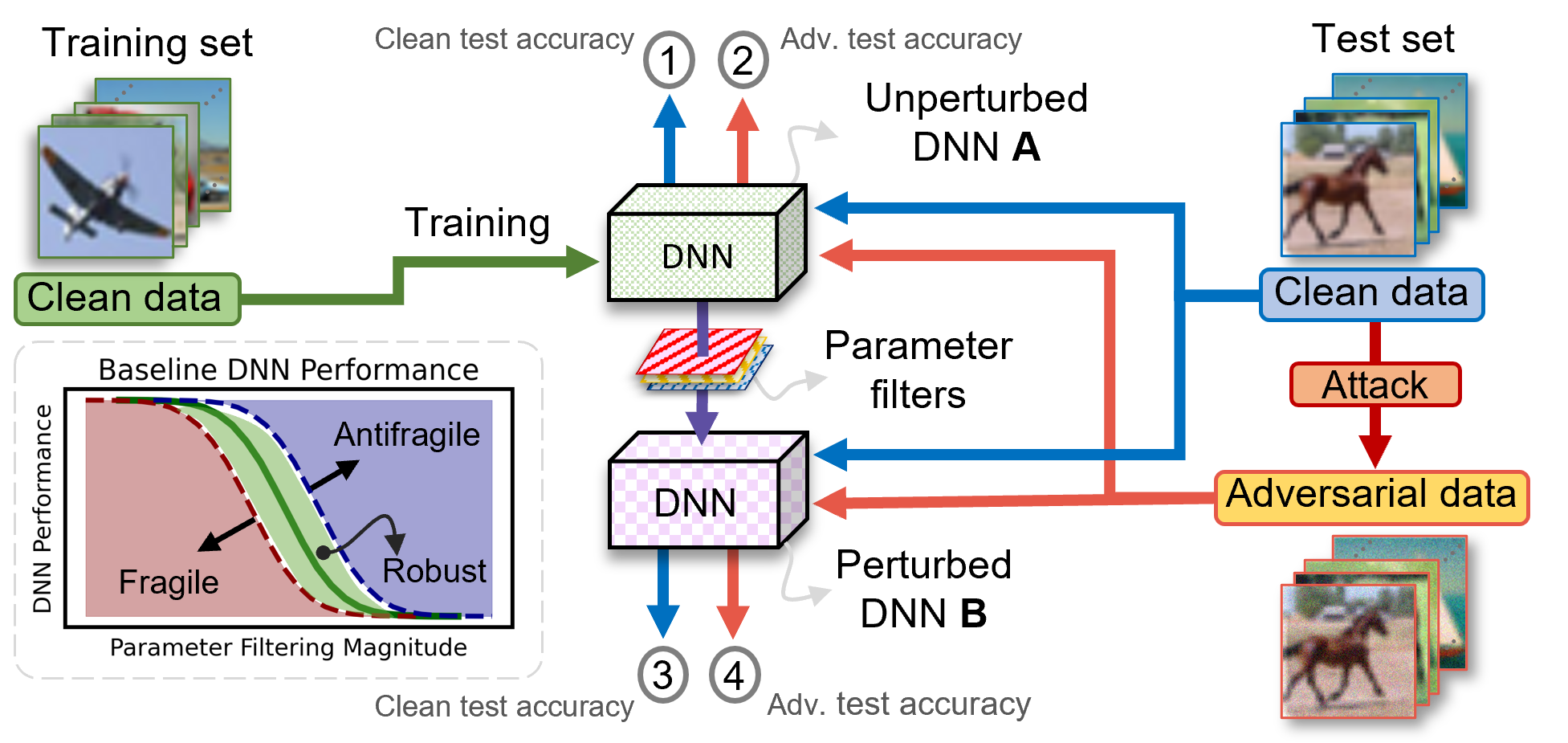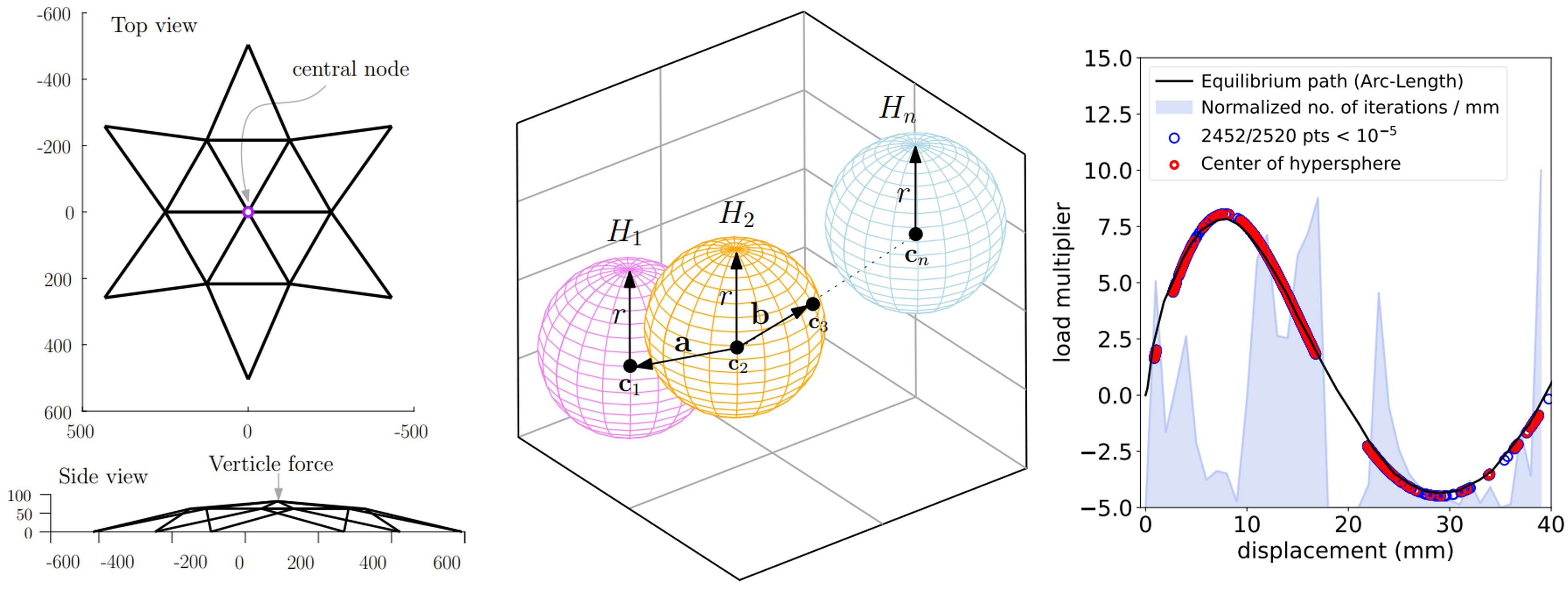 Dr Varun Ojha is a Senior Lecturer (Associate Professor) in Artificial Intelligence at the School of Computing, Newcastle University. He is Artificial Intelligence Theme Leader and Co-I on EPSRC-funded National Edge AI Hub. His core research focuses on the Security, Explainability, and Trustworthiness of Artificial Intelligence. In the past, Dr Ojha served as a lecturer in Computer Science at the University of Reading, UK and as a Postdoctoral Fellow at the Swiss Federal Institute of Technology (ETH Zurich), Zurich, Switzerland. Before this, Dr Ojha was a Marie-Curie Fellow (funded by the European Commission) at the Technical University of Ostrava, Czech Republic. He received a PhD in computer science from the Technical University of Ostrava, the Czech Republic. In his early career, Dr Ojha received a research fellowship position funded by the Govt of India’s Dept of Science and Technology at the Visva-Bharati University, India. He is a Senior Member of IEEE and a Member of ACM. His research works are available in Publications, Google Scholar, and ORCID.
Dr Varun Ojha is a Senior Lecturer (Associate Professor) in Artificial Intelligence at the School of Computing, Newcastle University. He is Artificial Intelligence Theme Leader and Co-I on EPSRC-funded National Edge AI Hub. His core research focuses on the Security, Explainability, and Trustworthiness of Artificial Intelligence. In the past, Dr Ojha served as a lecturer in Computer Science at the University of Reading, UK and as a Postdoctoral Fellow at the Swiss Federal Institute of Technology (ETH Zurich), Zurich, Switzerland. Before this, Dr Ojha was a Marie-Curie Fellow (funded by the European Commission) at the Technical University of Ostrava, Czech Republic. He received a PhD in computer science from the Technical University of Ostrava, the Czech Republic. In his early career, Dr Ojha received a research fellowship position funded by the Govt of India’s Dept of Science and Technology at the Visva-Bharati University, India. He is a Senior Member of IEEE and a Member of ACM. His research works are available in Publications, Google Scholar, and ORCID.
Research
I work on Deep Learning and Machine Learning. My recent major focus has been Adversarial Deep Learning and Neural Architecture Search and Analysis. I apply Artificial Intelligence to solve complex Engineering and Science problems of a highly interdisciplinary nature. I am open to collaborating with researchers from a diverse range of disciplines. My recent major interdisciplinary works include Flood Monitoring, Climate Science, Civil Engineering, and System Biology. I encourage you to walk through some examples of research work on this page.
Major Funded Project
I am leading the Artificial Intelligence Theme (as one of the Co-I) of the EPSRC-funded National Edge AI Hub. The National Edge AI Hub is a ~12m GBP project.
Deep Learning
(Security, Explainability and Trustworthiness of AI)
My original works have been about developing algorithms like Backpropagation Neural Tree with a long-term goal of developing neuroscience-informed new neural network algorithm design. The image below shows the computation of this neural tree algorithm and other computational models of the literature.
Figure. Biologically plausible neural computation of dendritic trees. The red circle represents a neuron (soma), black lines are dendrites, and the numbers indicate inputs. Left is a biological neuron model (Travis et al., 2005), the middle is a single neuron dendritic tree (Jones and Kording, 2021), and the right is the proposed backpropagation neural tree ( Ojha et al. 2022 ). Check previous related work on trees (Ojha et al 2016 and Ojha et al 2017). Students interested in the topics of neural networks and deep learning network architecture analysis (e.g., using adversarial robustness) and exploring neuroscience, information theory, or complex network literature for PhD research are welcome!
Adversarial Deep Learning

Figure. Adversarial attacks on deep learning: explainability, compactness, adversarial robustness (Pravin et al. 2023). Also, check our previous work on the attacks on fragile neurons of deep neural networks (Pravin et al. 2021).
Deep Learning and Computer Vision
(Image Segmentation, Object Detection, Transfer Learning)
In my recent Computer Vision work, we investigated how Transfer Learning and Semantic Segmentation can be applied to a time series of images (see Fig below) to predict flood events on the rivers (Severn and Avon, UK). Our to-date results have successfully demonstrated use to Transfer Learning with an accuracy above 91% for these flood events (check out our research: Vandaele et al. 2020 and Vandaele et al. 2021).

Figure. Time series of river camera images. Water (blue) and non-water pixel predictions (Vandaele et al. 2021).
Interdisciplinary Research
I like to work on interdisciplinary research and data science projects. For example, I work with Civil Engineering researchers on the following problem. A Civil Engineering problem was solved by applying AI algorithms. In structural engineering, large steel constructions, such as bridges and domes, are built, whose structural response is characterised by large displacements and are vulnerable to progressive collapses due to buckling effects, leading to sudden failures. A thorough analysis of such buckling was done using optimisation algorithms.

Figure. Twenty-Four Member Shallow Truss Structure. Left: Top View and Side View of the structure. The central node of the structure is indicated by a lighter colour dot and arrow. The arrow indicates a vertical downward external force. Right: The results of the adaptive search space decomposition method (Center) applied on this benchmark ( Ojha et al. 2022 ).
I recommend watching the following video explaining a range of interdisciplinary research projects I have had the opportunity to work on. This talk was for AI starters and will provide a simplified overview of AI and its application.
Examiner of PhD Thesis
- Macquarie University, Australia
- Queensland University of Technology (QUT), Australia
- Durham University, UK
- University of Essex, UK
- University of Reading, UK
- Newcastle University, UK
- Northumbria University, UK
Research Student Projects (Supervised)
PhD Projects (completed and present)
- Ongoing:
- L Huang, Adversarial Robustness of Multi-models LLMs (2025 - present), NCL
- X Li, Visual 3D Seane Understanding/Perception (2025 - present), NCL
- Z Liu, Adversarial Robustness Training of Deep Learning (2023–present) NCL
- Z Zhang, Complex Network Analysis of Deep Neural Networks (2023–present) NCL
- N Alzahrani, Human activity recognition using deep learning models (2022 - present), NCL
- Completed:
- Duaa Alqattan (2025) Security of Distributed and Federated Deep Learning Systems, NCL
- C Parvin (2023) Adversarial Robustness Analysis of Deep Neural Networks, (eCopy) UoR
- D Ayers (2024) Supervised learning to estimate instabilities in chaotic systems, UoR
- Sensitivity Analysis of Deep Neural Networks, (2022) UoR
Select Master Student Projects
- Completion of ancient pottery based on deep learning, Li X (2024, Thesis)
- Self-supervised representation learning for medical image processing, Bhardwaj M (2023, Thesis)
- Robustness Analysis Of Neural Networks (2022, Thesis)
- Reconstruction and parameter estimation of dynamical systems using DNNs (2022, Thesis)
- Using three GAN-based models to provide modelling inspiration (2022, Thesis)
- Robustness Analysis Of Neural Networks (2022, Thesis)
- Study of diffusion of nano-particles in polymer and ferrofluids using ML, Desai SV (2021, Thesis)
- Computing of local Lyapunov exponents using machine learning, Lau J (UoR, 2021, Thesis)
- Autoencoders and GANs for addressing imbalance image data, Ashokan V (UoR, 2021, (Thesis)
- Transfer learning for segmentation of waste bottles using Mask R-CNN, Jaikumar P (2020, Paper)
- Machine Learning modelling of die filling for pharmaceutical powders, Peschiutta P (University of Padua, Padua, Italy, 2020) (external co-supervision with Prof C Wu) (Thesis)
- Non-spatial and spatial statistics for analysing human’s perception of the built environment, Heidi S (ETH Zurich, 2018, Thesis)
- Convolutional neural network-based visual feature extraction for evaluation of the urban environment, Victor S (ETH Zurich, 2018, Thesis)
- People’s perception of urban and architectural features, Charlotte S (ETH Zurich, 2017, Thesis)
Selected Bachelor Student Projects
- Adversarial attacks and defenses on autonomous vehicles, Vaicius I, (NCL, 2023, Report)
- Monocular depth estimation for autonomous vehicles utilising a self-supervised learning, Murph C, (NCL, 2023, Report)
- DL and box speed calibration for predicting rowing boat speed, Young R (UoR, 2021, Report)
- Audio classification using machine learning techniques, Taemur A (UoR, 2021, Report)
- Using neural networks for time-series analysis of UK river flow data, Neele M (UoR, 2021, Report)
- Fake news detection with neural networks, Mehring C (UoR, 2021, Report)
- A study into the effectiveness of RNNs for trading, Doidge KB (UoR, 2021, Report)
- Classification of musical preferences through signal processing, Ward B (UoR, 2020, Paper)
- Machine learning for speech classification, Shergill JS (UoR, 2020, Paper)
- An analysis of NLP techniques applied to generating tweets, Rickard J (UoR, 2020, Report)
- Reading bus time prediction-A data science approach, Ford J (UoR, 2020, Report)
- Analysing and presenting the general public opinions of feature films through data mining from social media feeds and a chatbot, Braund T (UoR, 2019, Report)
Code Repository at GitHub (github.com/vojha-code)
I program in Java (mainly), Python (mostly these days for machine learning), MATLAB (occasionally when need be), and C++ (when I am looking to speed up my code). Following are a few examples of algorithms, tools, and software I have developed over the years.
- Adversarial Deep Learning (Code)
- Backpropagation Neural Tree (BNeuralT) (Code)
- Neural-Tree-Software (Code)
- Neural-Network-Predictor Software(Code)
- Conjugate-Gradient-Neural-Network (Code)
- Complex-Valued-Neural-Network (Code)
- Multiple-Linear-Regression (Code)
- Hierarchical-Fuzzy-Tree (Code)
- K-Nearest-Neighbor (Code)
- Support-Vector-Machine (Code)
- Self-Organizing-Map (Code)
- Anomaly-Detection (Code)
-
Humans Perception Through Physiological Response Code)
- Sensitivity Analysis of Evolutionary Algorithms Code)
- Search Space Decomposition Method (Code)
- Meta-heuristic-Optimizer Software(Code)
- Multilevel-Coordinate-Search (Code)
- Evolutionary-Computation (Java, Python)
-
Evolutionary-Ensemble (Code)
- Algorithm-Complexity (Code)
- Curse-of-Dimensionality (Code)
- Principal-Component-Analysis (Code)
- Kolmogorov-Smirnov-Test (Code)
- Block-Truncation-Coding (Code)
- Python-MATLAB-Communication (Code)
- Cython-Project-Hierarchy (Code)